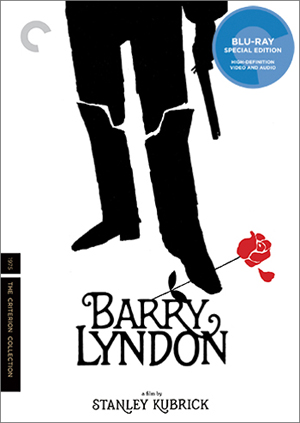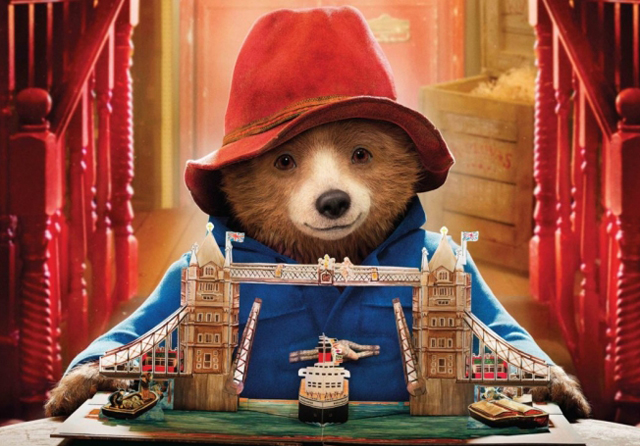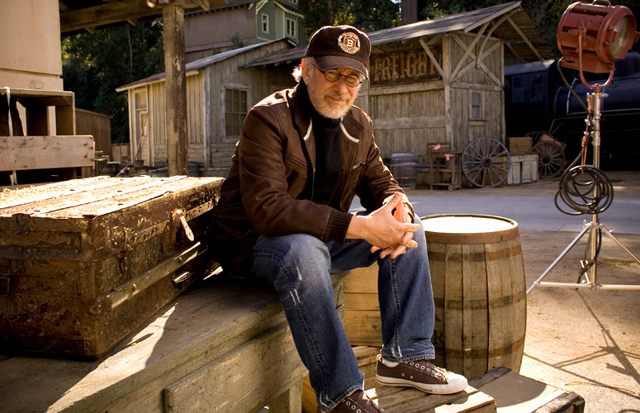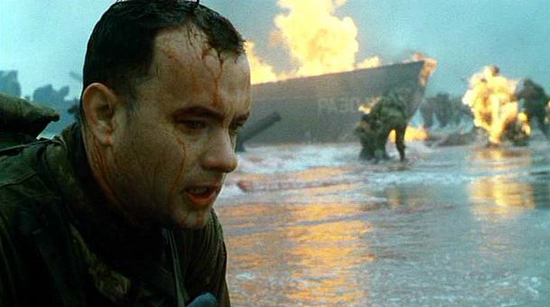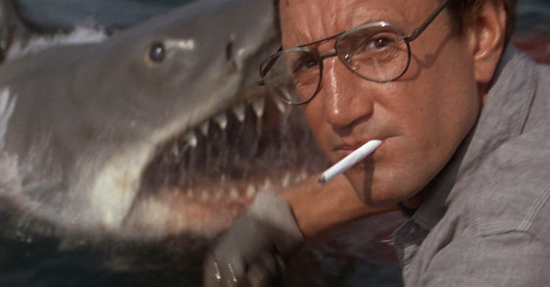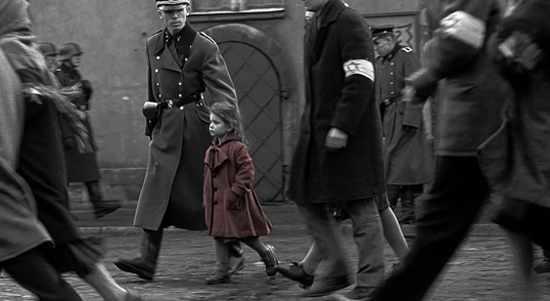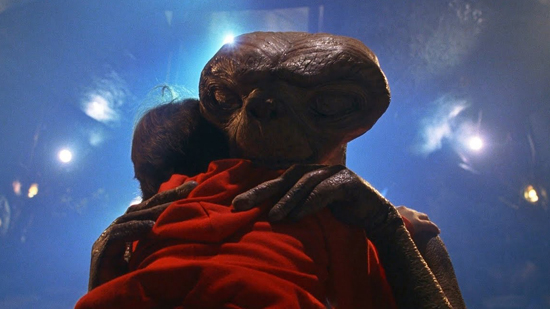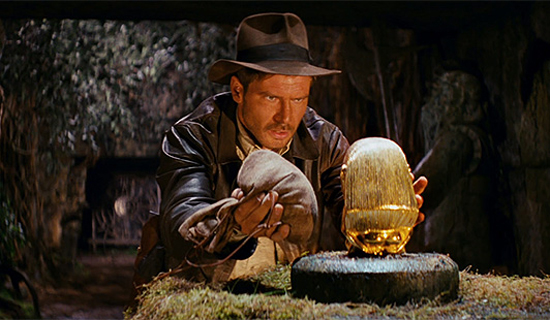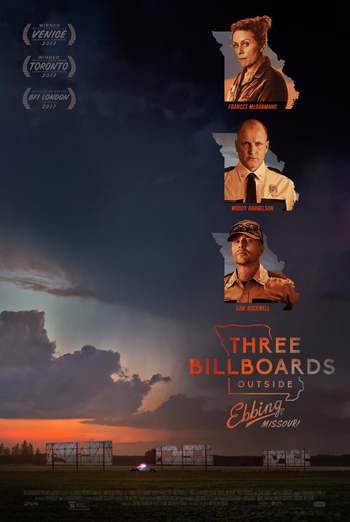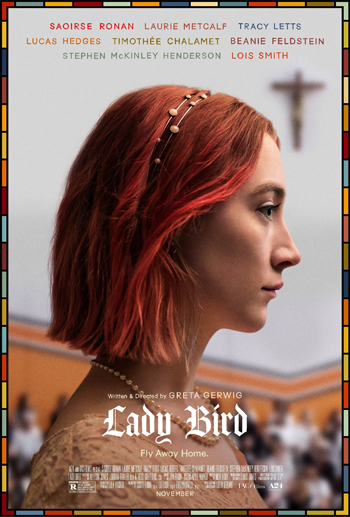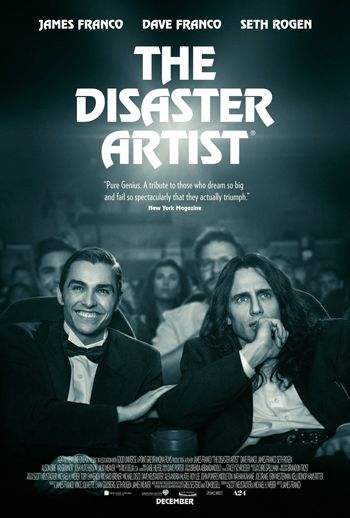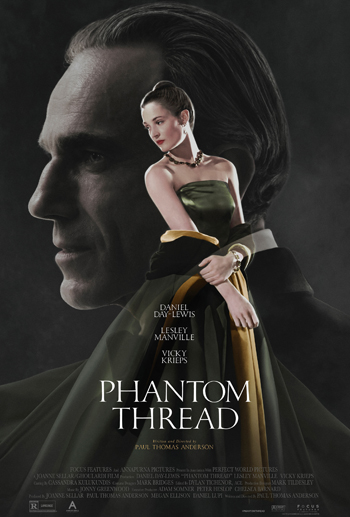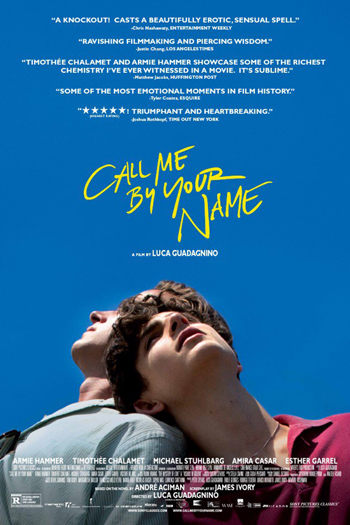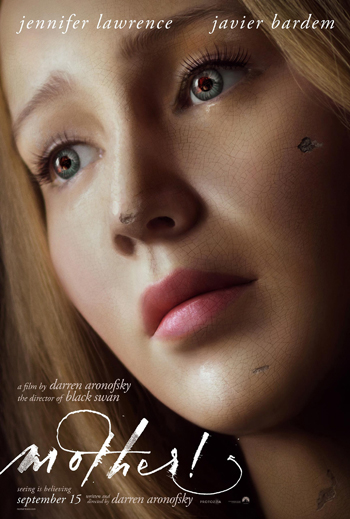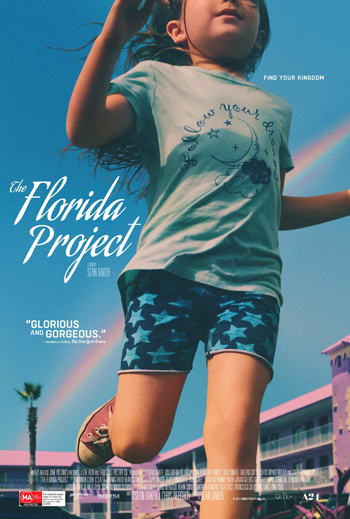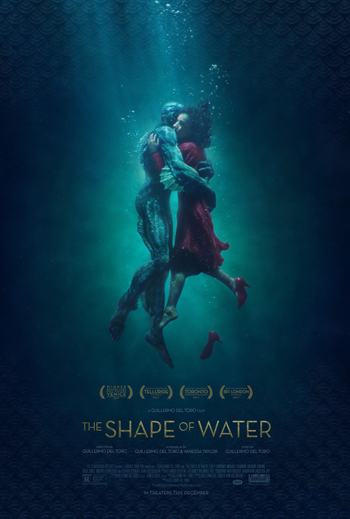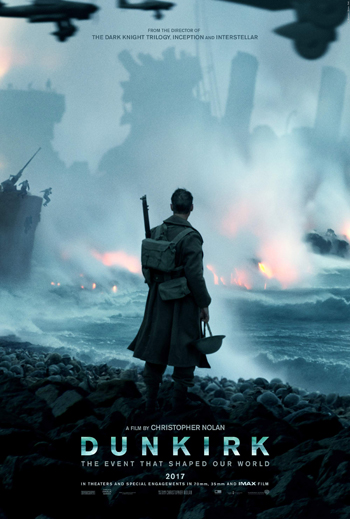
Within the Criterion Collection, you can find all sorts of movies that can become part of distinct collections on their own. If you are a fan of movements like the French New Wave or Italian Neo-realism, Criterion has just the movies to fill out your library. Maybe you love classic Hollywood screwball comedies. Those are there too. But for a lot of people (myself included) they fill their shelves with collections devoted to the works of renowned filmmakers. Indeed, you can actually find most if not all of a singular filmmaker’s entire body of work within Criterion’s catalog. For international filmmakers like Akira Kurosawa and Ingmar Bergman this is already a given, since Criterion is the only distributor here in the States for home video consumption of their movies. But, Criterion has also made an effort to include many domestic artists in their collection as well. Wes Anderson in particular has collaborated on a Criterion edition of nearly every movie in his entire career; it’s pretty much the only reason why I haven’t picked up The Grand Budapest Hotel (2014) on blu-ray yet, knowing that there is an inevitable Criterion edition coming in the near future. Other legendary filmmakers are also seeing their bodies of work filling up the Criterion library, including Charlie Chaplin, Orson Welles, Preston Sturges, and Howard Hawkes. But one of the most pleasing additions to the Criterion Collection has been the films of the legendary Stanley Kubrick. Out of the 13 films that Kubrick made in his entire career, five are included in the Criterion library; The Killing (1956, Spine #575), Paths of Glory (1957, #538), Spartacus (1960, #105), Dr. Strangelove, or How I Learned to Stop Worrying and Love the Bomb (1964, #821) and the newest inclusion, Barry Lyndon (1975, #897). And it is perhaps with Barry Lyndon where we see the best that the Collection can do when it comes to preserving great cinematic masterpieces and bring them to their full potential.
It is with Criterion’s new blu-ray edition of Barry Lyndon that we finally have a home video presentation that truly honors this sadly overlooked film. For many years, Warner Brothers has only put the movie out on bare bones discs, presenting the movie in an unpolished state with no extras included. Given the lackluster treatment that the movie has received from the studio over the years, you would come to believe that it was one of the lesser films in the Kubrick filmography. Sure, it was not as profitable as some of his more notable movies, but upon watching the movie you will find that Barry Lyndon still finds Kubrick at his absolute artistic height. Made in between A Clockwork Orange (1971) and The Shining (1980), Barry Lyndon is perhaps the most opulent film project that Kubrick ever undertook, which is really saying something. And thanks to the new 4K restoration done by Criterion, we are now able to see the absolute beauty of the film in all it’s glory. Barry Lyndon may have been a departure for some of Kubrick’s most devoted fans, especially after the manic Clockwork Orange. This methodically paced, three hour period drama seems almost quaint by comparison. But, beneath the glossy sheen you’ll find Kubrick not only at his most subversive, but also in his most experimental phase as well. Lyndon was groundbreaking in it’s cinematography, utilizing photographic techniques never achieved before on film, and some of those same techniques may never be replicated ever again due to the exclusivity of Kubrick’s ingeniously crafted equipment. Thanks to the new Criterion edition, Barry Lyndon now finally is given a proper presentation that gives it the right context to be considered one of Kubrick’s greatest films. Now it can no longer be dismissed as a misunderstood forgotten classic, but celebrated as the great achievement in film-making that it truly is.
The movie is of course adapted from the 19th century novel, The Luck of Barry Lyndon (1844), written by William Makepeace Thackery. It’s a chronicle of the many life altering events that befall the title character, starting off in the Irish countryside with the young Redmond Barry (played by Ryan O’Neal in the film) believing himself to be more of a gentlemen than his more genteel brethren. When Barry finds his desired love being courted by an English army captain, he foolishly challenges him to a duel. The duel later commences, as part of societal tradition, and Barry is victorious, slaying the captain with one shot. Because killing an English officer is a capital crime in occupied Ireland in this time, Barry is forced to flee from his home. This eventually leads him to joining the army as a means of escaping execution. Soon, he finds himself on the front lines of the Seven Year’s War, another unfortunate life turn that he hopes to escape. He falsely poses as a carrier and crosses the battle lines over into the Prussian army’s territory, hoping to find a means of escape. He soon is caught by Captain Potzdorf (Hardy Kruger), who sees past Barry’s deception and places him under arrest. For a while after, Barry is forced to serve in the opposing Prussian army as punishment, but once Captain Potzdorf is wounded in battle, Barry unexpectedly finds himself in the role of his savior, which then puts him in the army’s good graces. Through Potzdorf’s grateful influence, Barry is assigned to spy on an aristocratic gambler named the Chevalier (Patrick Magee), who they suspect is a double agent working for the English due to his Irish background. Over time, Barry befriends the Chevalier, who introduces him to European high society, making Barry an admired aristocrat himself. In time, he returns to England, where his new status brings him into contact with the recently widowed Lady Lyndon (Marisa Berenson) whom he soon marries and adopts her title as well as her fortune. Life appears magnificent for the new Lord Barry Lyndon, except for the growing resentment he endures from his spiteful stepson Lord Bullingdon (Leon Vitali).
Barry Lyndon is certainly a dramatic change for Kubrick, but at the same time, is exactly geared towards his own artistic tastes. One thing that unites most of Kubrick’s work is his fondness for adaptation. Indeed, most of his movies, Clockwork Orange, 2001: A Space Odyssey (1968), and The Shining included, all are taken from a preexisting literary source, and Barry Lyndon is one of the clearest examples of his love of literature. The movie itself feels very much like a novel, with the different episodes of Barry’s life loosely stitched together through an omniscient narration, done by English character actor Michael Hordern. And in a way, Barry Lyndon‘s biggest strength is the way that it flows together like moving portraiture of the era it’s depicting. Kubrick seems less interested in the personality of Barry, and instead concerns himself more with how Barry’s many digressions and social climbing manipulations reveal more layers of the aristocratic society that the director is more fascinated with. I think that why he was so confident with the somewhat unusual casting of then 1970’s heartthrob Ryan O’Neal as Barry, because O’Neal’s distinctly out of place , Americanized style of acting perfectly suits the outsider and scoundrel attitude of Barry Lyndon. O’Neal may seem stiff at times in the role, but I think that works to the movie’s advantage because it fits more in line with how Kubrick wants this character to be represented. Indeed, much of the performances in the movie are intentionally restrained, because Kubrick wants his characters to inhabit the scenery rather than to chew into it. This is especially true of Marisa Berenson in the role of Lady Lyndon, who is often given the task of remaining still and wordless in some of the director’s trademark zoom out shots. The one exception would be the exceptional, vitriolic performance by Leon Vitali as Bullingdon. This would be a life changing gig for the young actor, because he would move on to a different career afterwards, becoming Stanley Kubrick’s personal assistant, which was a role he filled for over 20 years, up until Kubrick’s death in 1999.
But apart from the faithful translation of the novel, and the remarkable production values, Barry Lyndon’s true brilliance actually lies in the way it was filmed. Most people won’t notice it right away, but Barry Lyndon is a technological breakthrough in photography; maybe even more so than 2001, remarkably enough. For the most part, to get the breathtaking images in 2001, Kubrick had to utilize varying numbers of post-production processing to get the images he needed. But, in Barry Lyndon he managed to capture images on screen that we’ve never seen done before, and he did it all in camera. The images I’m speaking of are set-ups that look like they were taken directly from 18th Century paintings, only captured on film rather than with paint on canvas. This was achieved with specially made lenses from the Zeiss Corporation. These extra sensitive lenses were intended for capturing low light, which is what Kubrick desired for his film, because he wanted to be able to shoot his scenes using only natural candlelight, which was impossible to do on film beforehand without having most of the background cast in dark shadow. With these special lenses, Kubrick had the sensitivity he desired, but there was one drawback, it made the depth of field extremely shallow. While this made focusing a nightmare for cinematographer John Alcott, the shallow depth of field actually had the extra benefit of flattening the image, making the foreground and backgrounds appearing on the same plane, which in turn gave the movie that 18th Century painting effect. Just take a screen grab from any part of the movie and you could swear it must have been painted instead of photographed, because the compositions are extremely similar. Because of this, Barry Lyndon really stands out as a perfect demonstration of the brilliant artistry that can be captured with a the lens of a film camera. And just to show how forward thinking Kubrick was as a photographic genius, he managed to snatch up two of these rare lenses, before the only other buyer did. And that other buyer of this exclusive lens was none other than NASA, who used the same lenses on the Hubble Telescope. So if you think about it, Barry Lyndon has a closer connection with space exploration than 2001 has ever had.
Of all the works of Stanley Kubrick’s career to make it into the Criterion Collection, Barry Lyndon is the one that has benefited the most. Not only does the 4K restoration make us appreciate the groundbreaking cinematography that much more, but now we are also treated to a wealth of extras that really give the movie some proper historical and artistic context. The restoration was conducted with the original camera negative taken directly from the Warner Brothers archive. This enables us to see the film in the most in it’s most pristine condition possible. Though Kubrick isn’t around to supervise this new transfer himself, Criterion was able to consult with Leon Vitali, who would’ve had known Kubrick’s desired intentions with how the film was supposed to look. He helped Warner Brothers and Criterion lock down the color reference for this new master and made sure that Kubrick’s vision would come out intact and uncompromised. Suffice to say, the results are breathtaking. You really get an appreciation for the artistry on display here, as well as the extraordinary effect that the ultra-sensitive Zeiss lenses had in creating the one-of-a-kind distortions that made the film look so much like a painting come to life. Vitali also consulted on the new restoration of the film’s soundtrack, which includes a new 5.1 surround mix. Though the movie is not a sonicly dynamic one, it does feature some beautiful soundscapes that ring very clearly in this new restoration. Kubrick always had an appreciation for classical music, which became a trademark in most of his movies like Johann Strauss’ Blue Danube in 2001 and Beethoven’s 9th Symphony in Clockwork Orange, and Barry Lyndon continues that tradition. George Frideric Hadel’s melancholy Sarabande becomes the primary musical theme of the entire movie, and it’s wonderfully preserved as part of the restored soundtrack. By presentation alone, Criterion’s new blu-ray is a godsend gift to anyone who appreciates the art of cinema as well as any fan of Kubrick’s genius work displayed on the film here.
The rest of the Criterion set is also worthwhile as well. Given that Warner Bros. previous releases have been devoid of extras, this edition marks a significant upgrade in every way. The three hour plus movie makes up the entirety of the first in this two disc set, while all the extras make up the latter. The most prominent extra is a brand new documentary about the making of the film, made exclusively by Criterion and featuring interviews with cast and crew, including producer Jan Harlan, assistant directors Brian Cook and Michael Stevenson, as well as Leon Vitali and Stanley’s widow Catherine Kubrick. It gives a great overview of why Kubrick wanted to make this movie and details all the extraordinary efforts it took to make it become a reality. There’s even some valuable excerpts taken from an audio interview done with Kubrick himself discussing the movie, giving us some insight into the director’s own experience with the movie. Another documentary interviews focus puller Douglas Milsome and gaffer Lou Bogue, who talk in great length about the logistical hurdles it took to make the specialty lenses work with the film they were shooting with. One interesting insight here is the clever video display set-up that they engineered, so that they could keep track of where their actors needed to stand in order to stay within the very narrow focus field. Another documentary talks about the editing of the movie while another discusses the Oscar-winning work of production designer Ken Adam, and another is devoted to the costume design. Leon Vitali appears in another separate featurette, talking about the surround mix that he supervised for this restoration. Film critic Michel Ciment also recorded a new interview where he discusses the legacy of the movie as well as it’s central themes about society and corrupt aristocracy. Finally, the Metropolitan Museum of Art curator Adam Eaker is interviewed about the artwork that were inspirations or the look of Barry Lyndon, and he discusses how well the movie recaptures the visual aesthetic of the art from that time period. Along with a couple original trailers this is a wealth of extra features that finally give this often overlooked movie the appreciation that it deserves.
Even if Barry Lyndon is not what you would expect from the likes of Stanley Kubrick, especially given the two movies that bookend it in his filmography, you can’t help but marvel at the exquisite levels of film-making art that he puts on display for us in this movie. Foremost, I for one am blown away by the cinematography in this movie. It may very well be one of the most beautifully shot movies in all of history, and as we have learned, Kubrick pretty much had to invent his own camera equipment just to pull it all off. In many of the film’s exquisite compositions, you get the feeling that you’re looking at a painting taken out of it’s wooden frame and animated into life. The way that light is cast in the various scenes is also beautifully captured. As we learn in the making of documentaries, in order to capture a scene cast in natural candlelight, it meant using the same high tech lenses that made it possible for us to look closer at the stars in our sky. Sadly, most people won’t even recognize the technological advances made by Barry Lyndon, because technology has in many ways passed it by, and now Barry Lyndon seems to the untrained eye to be a bit old-fashioned. Hopefully, Criterion’s new edition of the movie helps to give it the spotlight that it truly deserves. This isn’t an artistic misstep from one of cinema’s greatest voices, but in fact a bold, misunderstood masterpiece that really needs to be re-framed as one of the best works of art of his entire career. I have really come to appreciate Barry Lyndon for what it is, even in the context of Kubrick’s entire body of work, and am now today really blown away by the levels it took to make it. For anyone interested in the science of photography, Barry Lyndon probably represents an enormous leap forward. This Criterion edition is thankfully the long awaited special edition that fans, both old and new, have waited a long time for. It gives the movie a much needed restoration and collection of extras that help to spotlight the significance that it rightly holds. Hopefully more of Kubrick’s work will come to Criterion in the future, but for now, Barry Lyndon is the movie that gets the best boost so far from the Collection as a whole.
